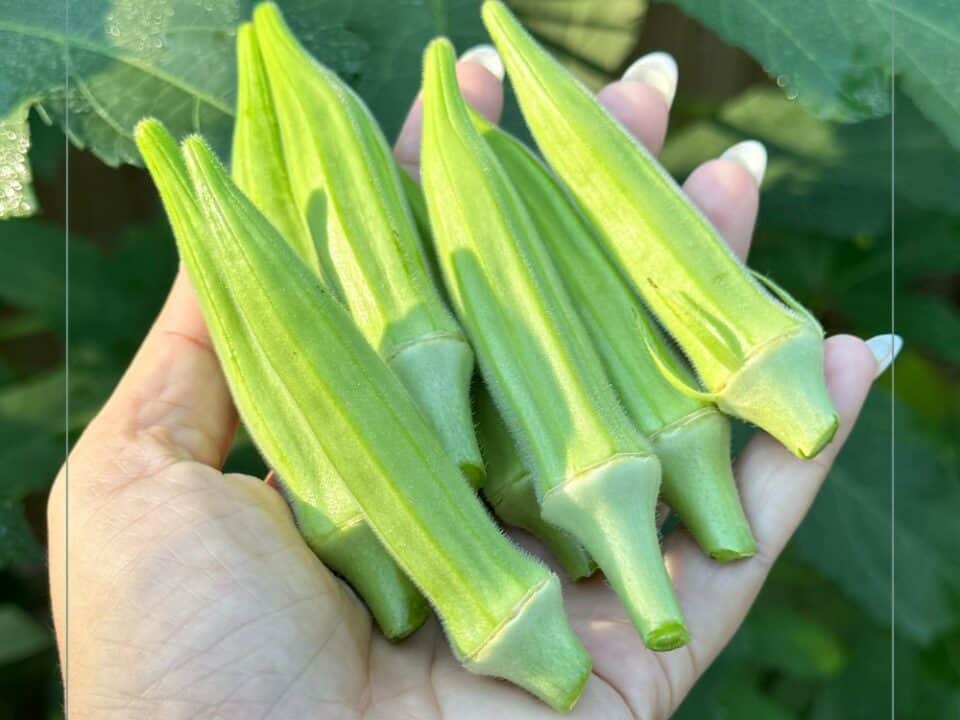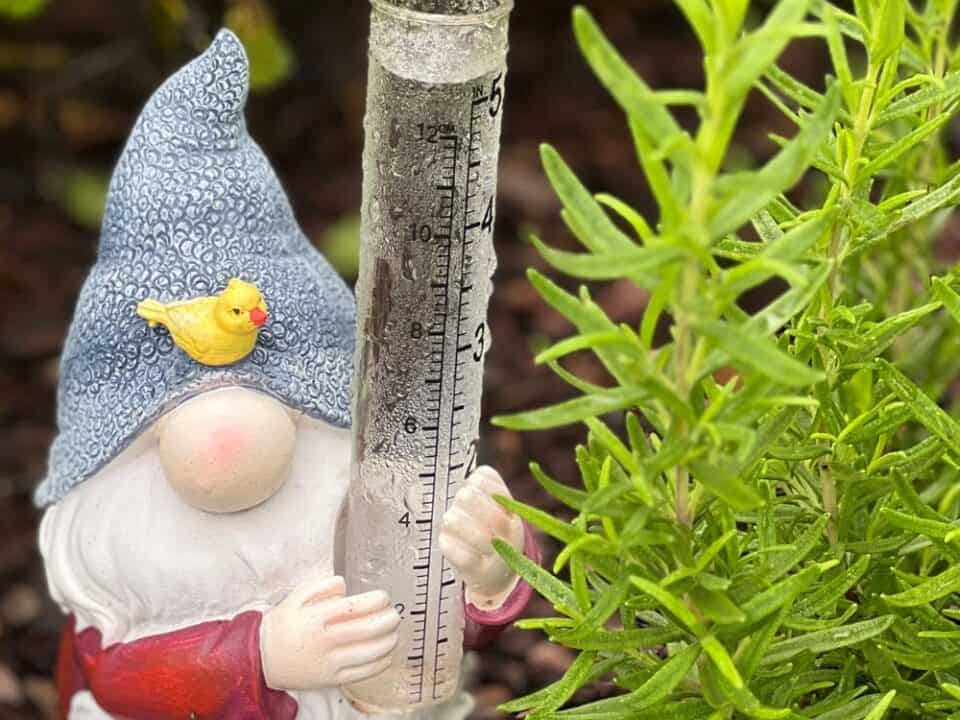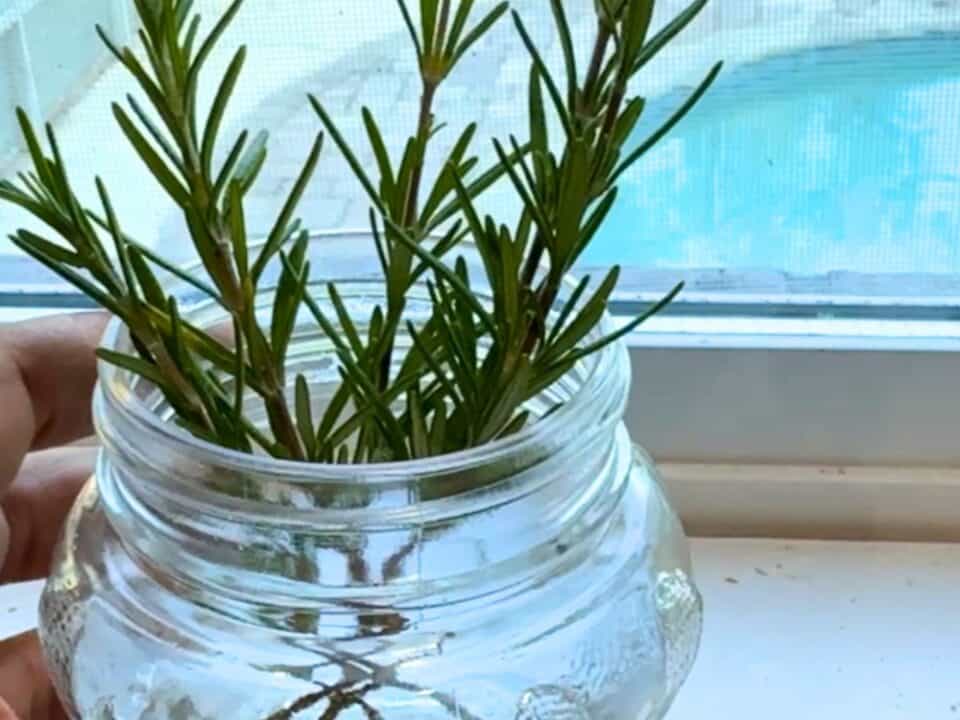Welcoming Leafcutter Bees to Pauline Manor
This summer at Pauline Manor, I tried something new to make my garden healthier and more productive—I added a leafcutter bee house and colony! I got the Pollinator House Kit from Kind Bee Farms, which included a cute wooden bee house, nesting tubes, and a box of live leafcutter bee cocoons.
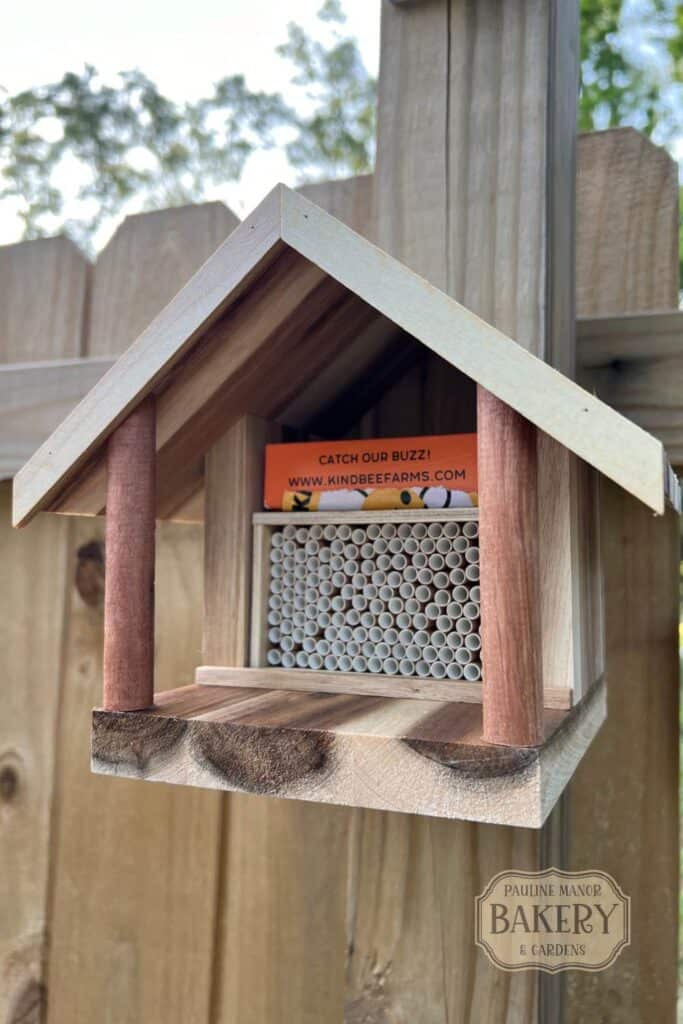
This post may contain affiliate links which means we receive a small commission at no cost to you when you make a purchase. As an Amazon Associate, I earn from qualifying purchases.
Why Leafcutter Bees?
Leafcutter bees are an amazing addition to any garden. They’re some of the best pollinators out there, even better than honeybees. Instead of carrying pollen in little pouches on their legs like honeybees do, leafcutter bees carry pollen on their bellies. This makes them incredibly good at spreading pollen from flower to flower, which is exactly what helps your fruits and vegetables grow stronger and produce more.
One of the nicest things about leafcutter bees is how gentle they are. They’re relatively solitary bees, which means they don’t live in big hives and don’t get defensive or aggressive like other types of bees might. They’re so focused on their job—gathering pollen, nectar, and cutting leaves to build their nests—that they rarely bother people. In fact, they almost never sting, which makes them a safe and peaceful companion in any garden, even if you’re out there with kids or pets.
Another unique thing about leafcutter bees is how they use pieces of leaves to build their nests. They don’t damage plants in a harmful way—they just cut small, moon-shaped pieces from leaves, which they use to line the little tubes where they lay their eggs.
Leafcutter bees are also incredibly efficient. They visit all kinds of plants, from flowers to fruits, veggies, and herbs. Whether you’re growing tomatoes, cucumbers, or berries, they’ll happily do the work of pollinating them for you. This means your garden will likely produce more, and your plants will be healthier overall.
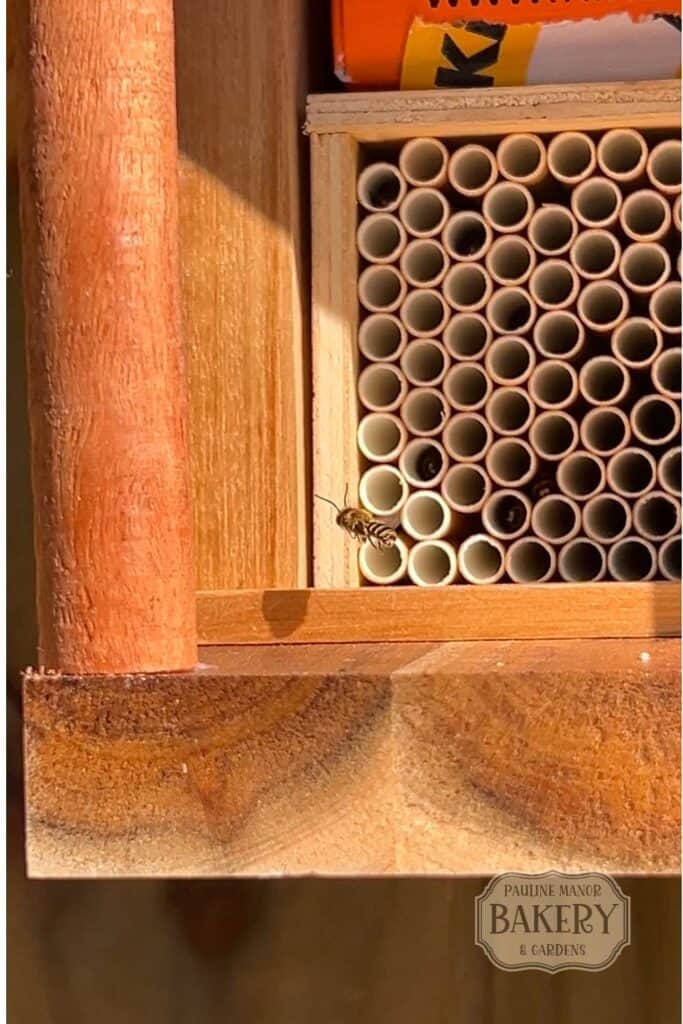
Where Do Leafcutter Bees Live
Leafcutter bees live in small, cozy spaces rather than big hives like honeybees. They prefer little holes or tubes where they can build their nests. In the wild, you’ll often find them nesting in hollow plant stems, cracks in wood, or old insect holes. In a garden, they’re happy to move into bee houses or nesting blocks that have small tubes or holes just the right size for them. These spaces provide a safe spot for the female bees to lay their eggs and line the nests with the leaf pieces they carefully cut. By providing a leafcutter bee house in your yard, you can give these helpful pollinators a perfect place to call home.
Setting up the bee house was easy! I picked a sunny spot facing southeast because leafcutter bees love warm morning sunshine. I hung the house at eye level so I could watch them closely. I also made sure my garden had lots of flowers close by for the bees to collect nectar and pollen.
It was so cool to watch the bees work! They buzzed all around the garden, pollinating flowers and gathering leaves for their nests. It was so cute to see little round bits and pieces of leaves missing all around the garden. My plants looked healthier, and I got a better harvest of vegetables. It was a total win-win.
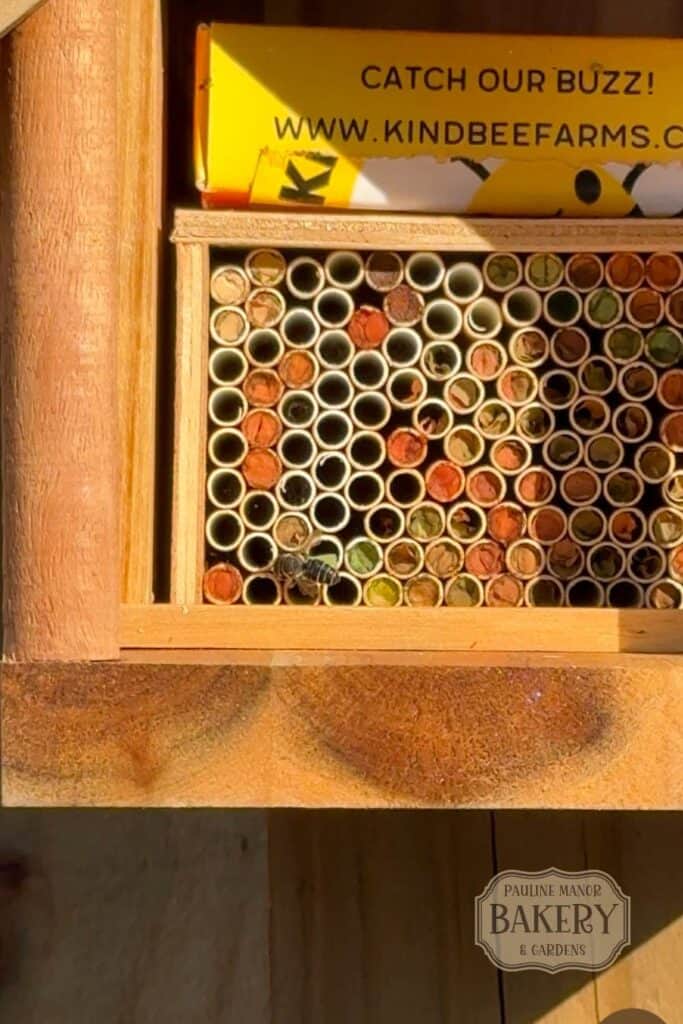
Best Flowers For Leafcutter Bees
If you want to make your garden a paradise for leafcutter bees, planting the right flowers is key. These bees love flowers that are easy to land on and full of nectar and pollen. Some great choices include sunflowers, daisies, cosmos, and zinnias. Wildflowers like yarrow and coreopsis are also favorites and add a lovely, natural look to your garden.
Leafcutter bees don’t just stick to flowers, they also love herbs! Lavender, thyme, basil, and mint are great options because they’re packed with blooms that bees adore. Plus, you can use the herbs in your cooking, so it’s a win-win! Other plants like clover and alfalfa are also great for attracting leafcutter bees, as they provide plenty of nectar to keep them happy and busy.
The key is to have a mix of plants that bloom at different times throughout the season, so there’s always something for the bees to enjoy. By planting a variety of flowers and herbs, you’re not only helping leafcutter bees thrive but also boosting your garden’s health and beauty. It’s a simple way to create a welcoming space for these hardworking little pollinators!
How to Help Leafcutter Bees Thrive
Here are some tips I learned for keeping leafcutter bees happy:
- Give Them a Good Nesting Spot: They like small tubes, about the size of a pencil, for building their nests. The Bee House from Kind Bee Farms was perfect. I also found some bee houses with tubes at the Target Dollar Spot.
- Plant Lots of Flowers: Bees need plenty of flowers to find nectar and pollen. Native plants are especially helpful because they’re familiar to the bees. Keeping them happy and fed is the best way to keep them close by.
- Skip the Pesticides: Keeping your garden healthy for leafcutter bees means avoiding harmful pesticides. Even if you don’t spray them directly, when bees visit flowers that have been treated with pesticides, they can get sick or even die. Plant pest-repelling herbs like basil, mint, and marigolds around your garden to deter pests and attract “good bugs” like ladybugs and praying mantis.
Adding leafcutter bees to my garden at Pauline Manor has been one of the best choices I’ve made for the success of my garden – both for abundant vegetables and also enjoyment of working alongside these sweet little bees all season. These little pollinators brought my garden to life and kept me motivated to spend time in the garden every day to watch them and make sure they were well taken care of – which meant keeping the garden healthy and thriving.
If you’re looking for a way to help your garden grow, consider welcoming some leafcutter bees—you won’t regret it!

